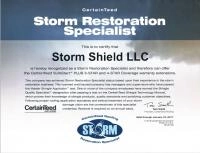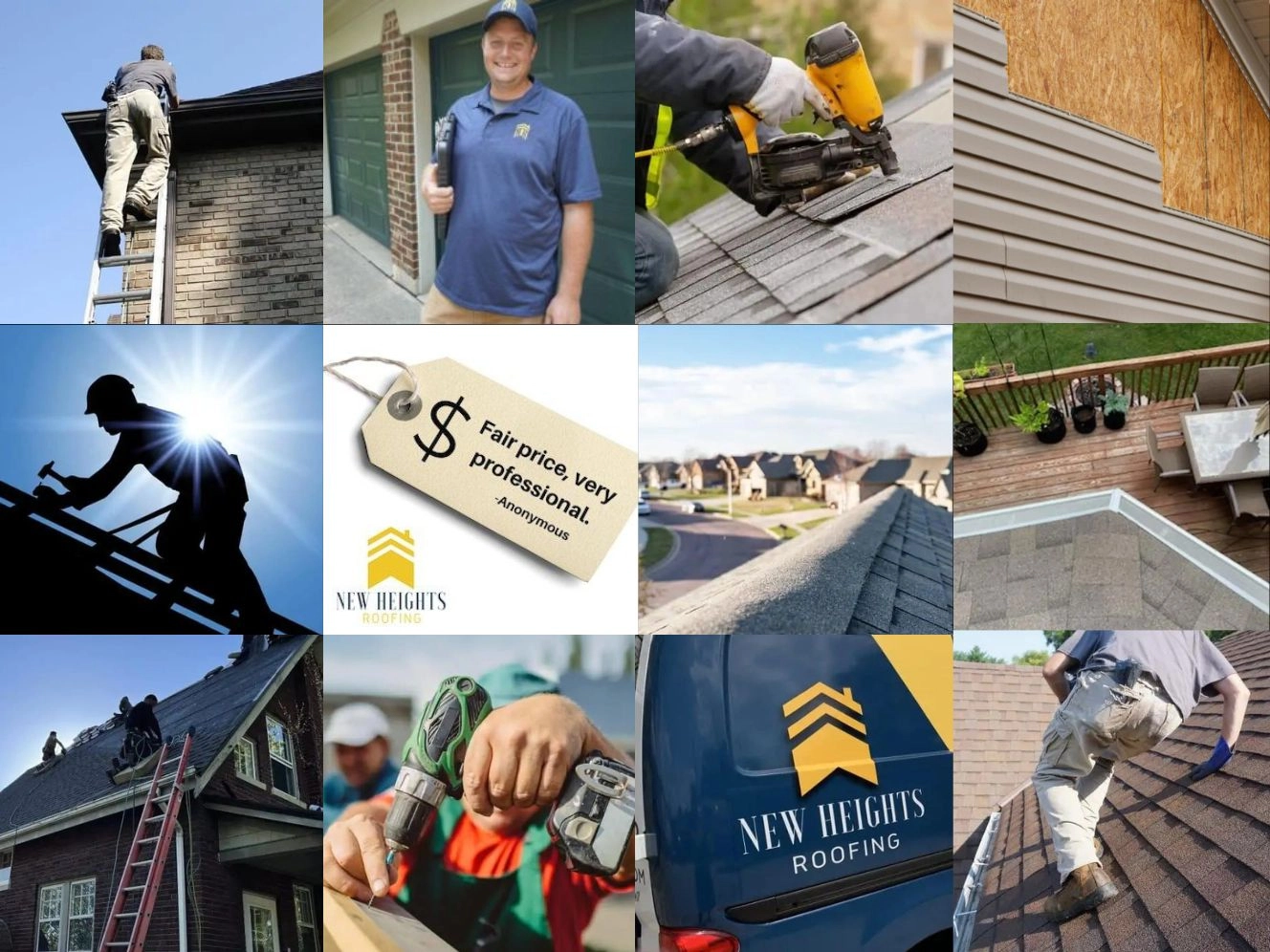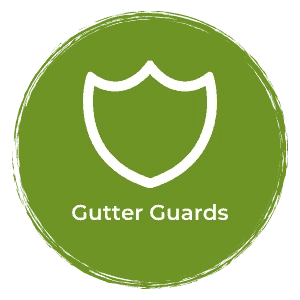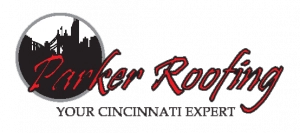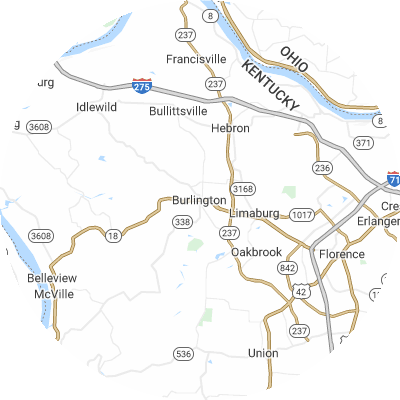Signs You May Need Gutter Guards
While gutter guards aren't always needed, indicators of backed up gutters are clear. Some indicators of persistent gutter problems include:
- Frequent clogs that lead to overflow and water spilling over gutters
- Soggy ground or visible erosion around your home's foundation
- Mold growth, interior wall stains, or peeling exterior paint on walls near gutters.
- Leaky joints or seams where water leaks from the gutters
- Visibly damaged, sagging, or misaligned gutters that no longer direct rainwater correctly
How To Choose a Gutter Guard Installer
Assess Their Experience
The right installation company will have ample experience, including multiple years in business and experience with several brands and models. Experienced companies can properly measure and install gutter guards to meet your distinct needs. Inquire about how long a company has been doing installations and request referrals from local customers.
Verify Proper Licensing and Insurance
When speaking with potential installation companies, always make sure that they are properly licensed, bonded, and insured with both general liability and workers compensation coverage. This protects you if any injuries or accidents occur. Request current licensing and insurance papers from potential providers.
Choose Reputable Brands
Look for leading gutter guard brands such as Gutter Helmet and LeafFilter when selecting an installer. Avoid off-brand or generic no-name guards, which likely do not undergo the same level of rigorous testing.
Seek Custom Fit Services
For superior performance, gutter guards need to be measured and trimmed on-site to match your specific gutter setup. Choose a company that custom measures and trims guards specifically for your home, rather than using universal guards. Properly fitted guards will leave no gaps for debris to get stuck.
Examine Warranties
Leading gutter guard companies often offer 20-year or lifetime warranties for rust, leaks, clogs, and other issues. When selecting a company, carefully examine the warranty details for both materials and workmanship guarantees. Warranties give you the most effective protection for your gutter investment.
Check Reviews and Referrals
It's a good idea to research online reviews on the Better Business Bureau (BBB), Google Reviews, Yelp, and other review sites to find customer feedback. Ask neighbors which companies they recommend for quality local gutter guard installation. When researching, look for providers with plenty of satisfied customers rather than only one or two sporadic reviews.
Types of Gutter Guards
The six typical types of gutter guards include the following:
- Foam guards are lightweight and easy to install. This type of guard catches debris on the foam and keeps it out of your gutter. On average, you can expect to pay $2.46 per linear foot for foam guards.
- Brush guards are made of large brush bristles that partially obstruct your gutters, allowing water to pass through while catching debris. Brush guards cost around $4.04 per linear foot.
- Screen guards have large holes that let water flow through while keeping debris out. Screen guards cost roughly $4.26 per linear foot.
- Mesh guards stop debris but let water through. Mesh guards have even smaller holes than screen guards. They're durable and encourage debris to slide off as opposed to sitting on top of the gutters. Mesh guards cost roughly $4.03 per linear foot.
- Micro-mesh guards have even smaller holes than mesh guards, allowing even less debris through than mesh. These guards are very effective. On average, you can expect to pay $5.12 per linear foot for micro-mesh guards.
- Surface tension guards, also called reverse curve guards, use surface tension to encourage water to flow into your gutters while debris slides off. Typically, they can be seen from the ground. On average, you can expect to spend $3.14 per linear foot for surface tension guards.






